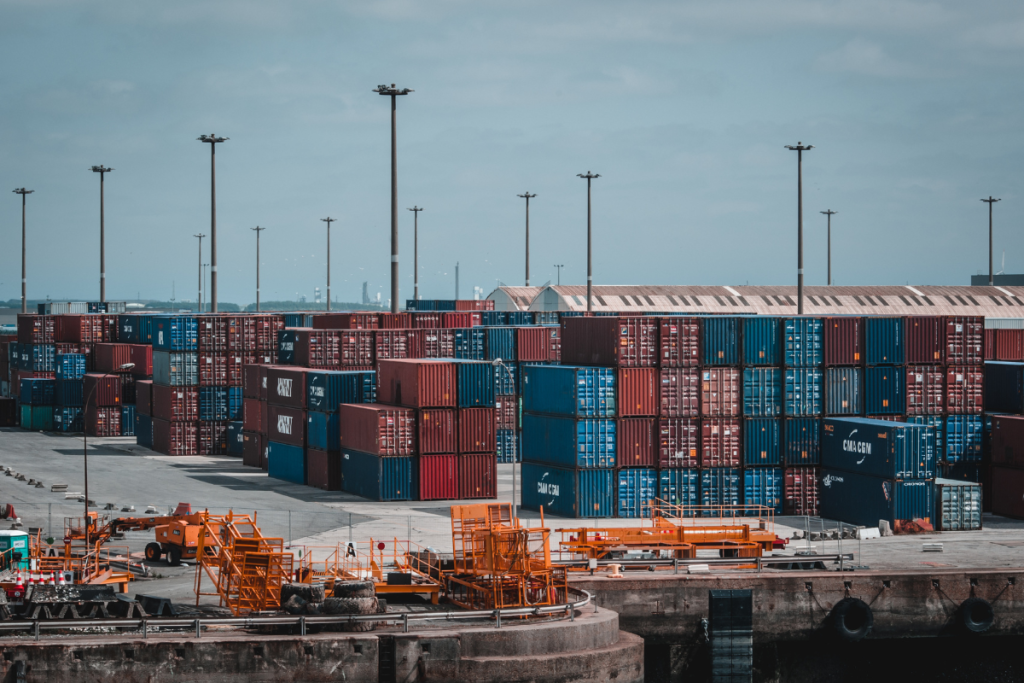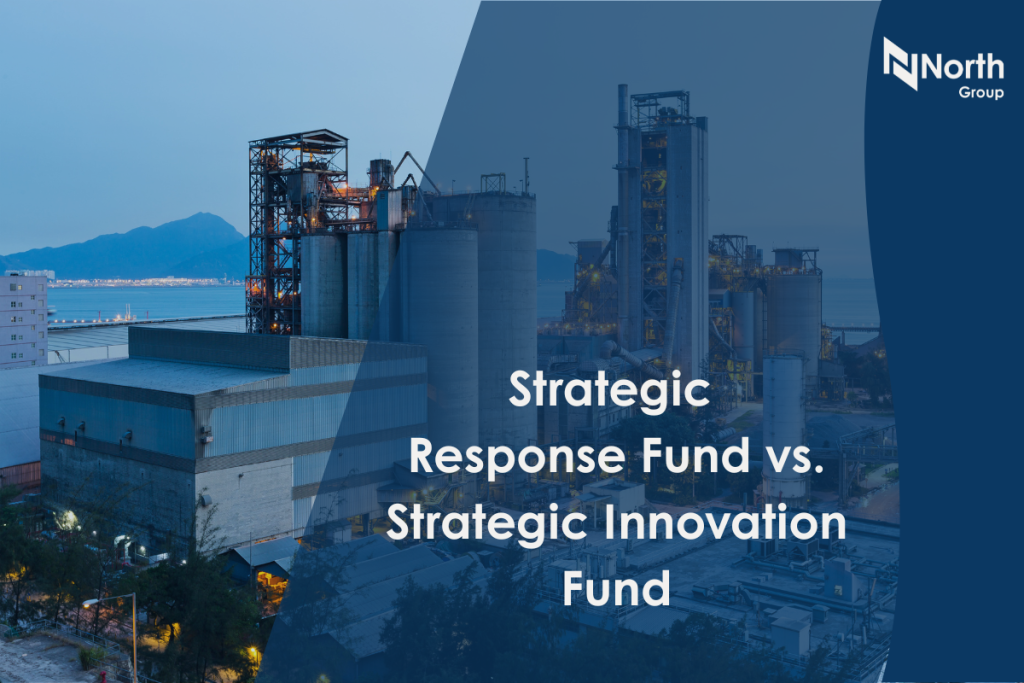Although Ontario’s economy has grown throughout 2023, GDP growth is expected to slow over the next several years, with higher interest rates and global economic uncertainty playing a role in the economic outlook. Predicting a significant deficit in the coming year, Ontario’s Fall Economic Statement, Building a Stronger Ontario Together, was released on November 2 with updates to the 2023 Ontario Budget. Included in this are commitments to expand clean energy and EVs, invest in manufacturing, overhaul the current tax system, and more. NorthBridge has compiled a summary of key points outlined as part of the Statement.
Modernizing Capital Markets
Working with the Ontario Securities Commission, Ontario has proposed the development of a more competitive capital market through encouraging innovation and increasing investments. This modernization of the capital market will aim to facilitate greater early-stage financing of Ontario startups and SMEs while also enhancing investor confidence.
Reviewing Ontario’s Tax System
Following discussions with policy economists and tax experts, the review of the province’s tax system will focus on long-term economic growth and competitiveness through investments in productivity and attracting top talent; promoting fair treatment of taxpayers; prioritizing simplicity; and modernizing and streamlining existing tax systems. Further updates will be provided in the 2024 Budget.
Electric Vehicles in Ontario
With five major global auto assemblers located in Ontario, several companies have promised investments in EV battery, battery module, battery cell, and motor core manufacturing plants, with over $26 billion in funding committed over the past three years.
Meeting Energy Demands
To meet the demand of a growing population, several investments have been proposed to expand energy generation capacity, develop energy efficiency programs, and store clean energy. Included in this is the expansion of electricity transmission infrastructure, with projects completed in Southwestern Ontario, and proposed projects in Northern and Eastern Ontario.
In addition, clean energy storage is being funded to increase the efficiency of Ontario’s clean electricity grid. Ontario has acquired 880 MW of new clean energy storage supply through 15 projects in the past year, which will include some of Canada’s largest battery projects.
Ontario has requested that the federal government extend the Clean Electricity Investment Tax Credit announced in the 2023 federal budget to include intra-provincial transmission expansion, with equal support for taxable and non-taxable entities. Following the launch of Ontario’s clean energy credit registry in March 2023, funds will be directed to Ontario’s Future Clean Electricity Fund to support the development of new clean energy projects and the electrification of transportation and industry.
Refurbishments are currently in process at the Darlington and Bruce Nuclear Generating Stations, with expansions underway for Ontario’s small modular reactor (SMR) program.
Innovative Critical Minerals Projects
First launched in November 2022, Ontario’s Critical Minerals Innovation Fund (CMIF) supports research and innovation investments to address gaps in the critical mineral supply chain. As of 2023, this has resulted in 13 industry-led projects being funded to develop new processing, bioleaching, and drilling system techniques.
The Ontario Focused Flow-Through Share Tax Credit is designed to support the critical minerals mining industry, with up to $12 million per year available through the 5% credit.
Ontario Made Manufacturing
Ontario’s manufacturing sector contributed almost half of Canada’s manufacturing exports in 2022 ($193 billion out of $418.3 billion), with a workforce of 813,000 people as of September 2023. In working to attract investment, the 2023 Budget introduced the Ontario Made Manufacturing Investment Tax Credit, a 10% credit which provides up to $2 million per year to Canadian corporations making investments in buildings, machinery and equipment related to manufacturing in Ontario. Over the next three years, this credit is expected to provide $780 million in income tax support.
Job Opportunities and Skills Development
Established in 2020, Invest Ontario has supported investment in key sectors including advanced manufacturing, life sciences, and technology, with an estimated $11 billion in investments to be secured, which will result in the creation of 6000 jobs. An additional $100 million will be provided to the agency to support these goals.
With 600 projects supported so far, $160 million will be invested in the fourth round of the Skills Development Fund Training Stream, while an additional $224 million is committed to the Capital Stream. A further $3 million will be invested in 2023-2024 to expand the Ontario Bridge Training Program, which focuses on training skilled workers immigrating to Canada, while $3.3 million will go towards expanding access to apprenticeship opportunities.

